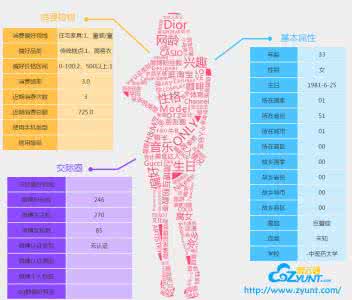Social sensing is a paradigm that allows crowdsourcing data from humans and devices. This sensed data (e.g. social network posts) can be hosted in social-sensor clouds (i.e. social networks) and delivered as social-sensor cloud services (SocSen services). These services can be identified by their providers' social network accounts. Attackers intrude social-sensor clouds by cloning SocSen service providers' user profiles to deceive social-sensor cloud users. We propose a novel unsupervised SocSen service provider identity cloning detection approach, NPS-AntiClone, to prevent the detrimental outcomes caused by such identity deception. This approach leverages non-privacy-sensitive user profile data gathered from social networks to perform cloned identity detection. It consists of three main components: 1) a multi-view account representation model, 2) an embedding learning model and 3) a prediction model. The multi-view account representation model forms three different views for a given identity, namely a post view, a network view and a profile attribute view. The embedding learning model learns a single embedding from the generated multi-view representation using Weighted Generalized Canonical Correlation Analysis. Finally, NPS-AntiClone calculates the cosine similarity between two accounts' embedding to predict whether these two accounts contain a cloned account and its victim. We evaluated our proposed approach using a real-world dataset. The results showed that NPS-AntiClone significantly outperforms the existing state-of-the-art identity cloning detection techniques and machine learning approaches.
翻译:社会感测是一种模式,允许从人类和装置中获取众包数据。 这种感测数据(如社交网络站)可以存放在社会感官云层(即社交网络)中,并作为社会感测云层服务(SocSen服务)提供。 这些服务可以由提供方的社会网络账户识别。 攻击者通过克隆 SocSen服务供应商的用户配置侵入社会感测云层,以欺骗社会感知云层用户。 我们提议了一个新的不受监督的 SocSen服务供应商身份克隆检测方法(如社交网络站),即核动力源-AntiClone, 以防止这种身份欺骗造成的有害结果。 这个方法利用社会网络收集的非原始感知云云云层的用户概况数据数据来进行克隆身份检测。 它由三个主要部分组成:(1) 多视角账户代表模型,2个嵌入学习模型和3个预测模型。 多视角账户代表了三种不同的观点,即后视图、网络视图和剖析视图。




